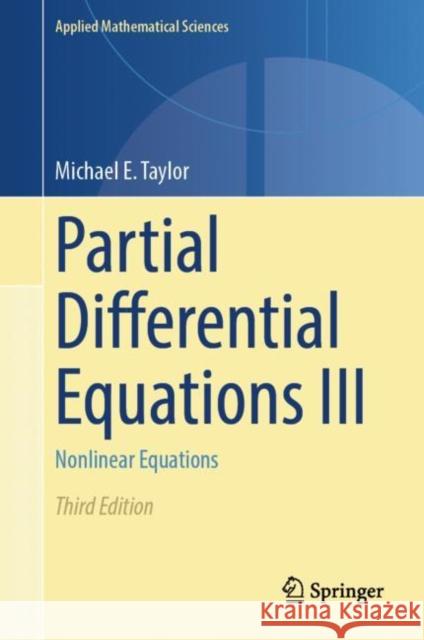Partial Differential Equations III: Nonlinear Equations » książka
topmenu
Partial Differential Equations III: Nonlinear Equations
ISBN-13: 9783031339271 / Angielski / Twarda / 2023 / 734 str.
Partial Differential Equations III: Nonlinear Equations
ISBN-13: 9783031339271 / Angielski / Twarda / 2023 / 734 str.
cena 302,60
(netto: 288,19 VAT: 5%)
Najniższa cena z 30 dni: 289,13
(netto: 288,19 VAT: 5%)
Najniższa cena z 30 dni: 289,13
Termin realizacji zamówienia:
ok. 22 dni roboczych.
ok. 22 dni roboczych.
Darmowa dostawa!
Kategorie:
Kategorie BISAC:
Wydawca:
Springer International Publishing AG
Seria wydawnicza:
Język:
Angielski
ISBN-13:
9783031339271
Rok wydania:
2023
Ilość stron:
734
Wymiary:
23.5 x 15.5
Oprawa:
Twarda











